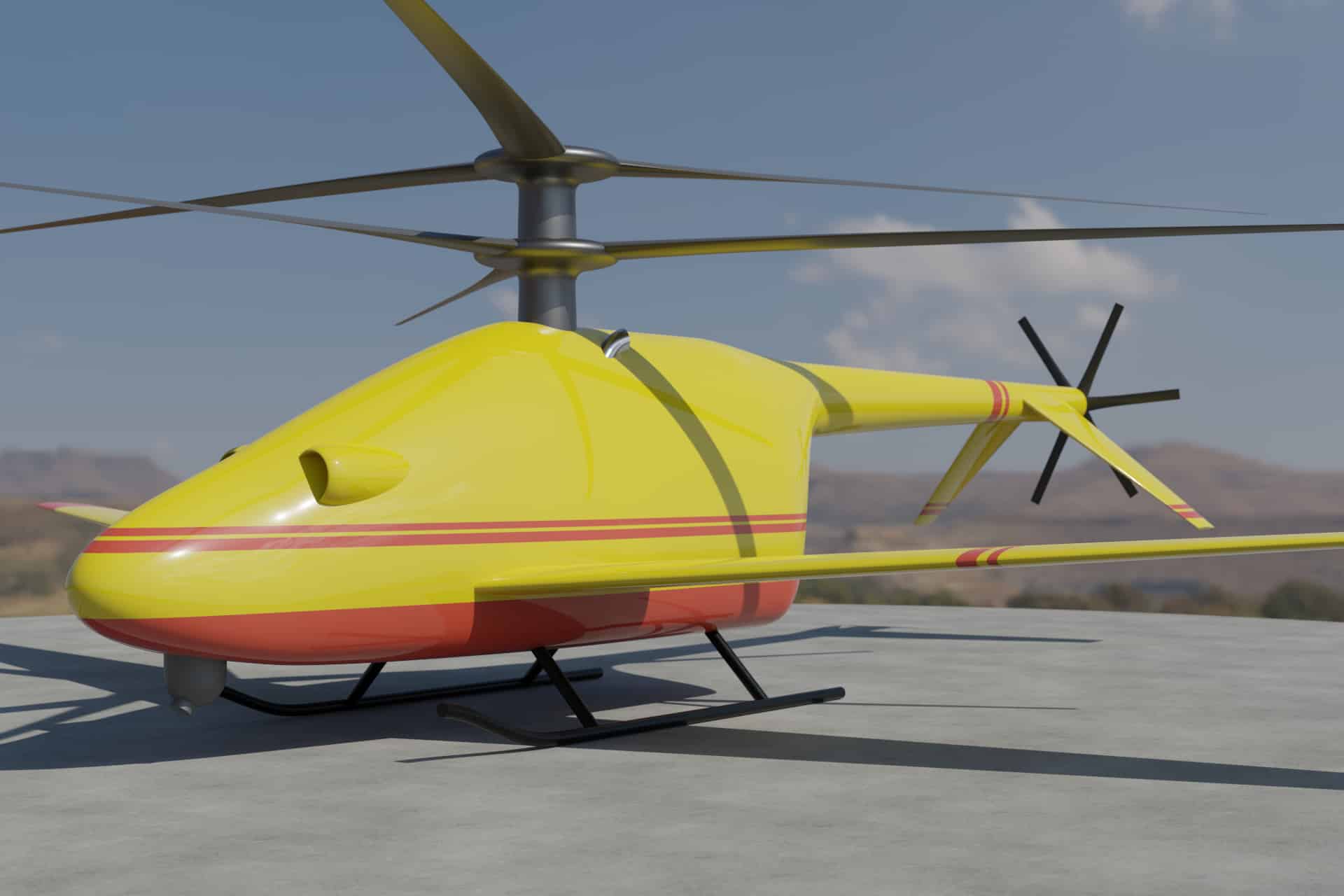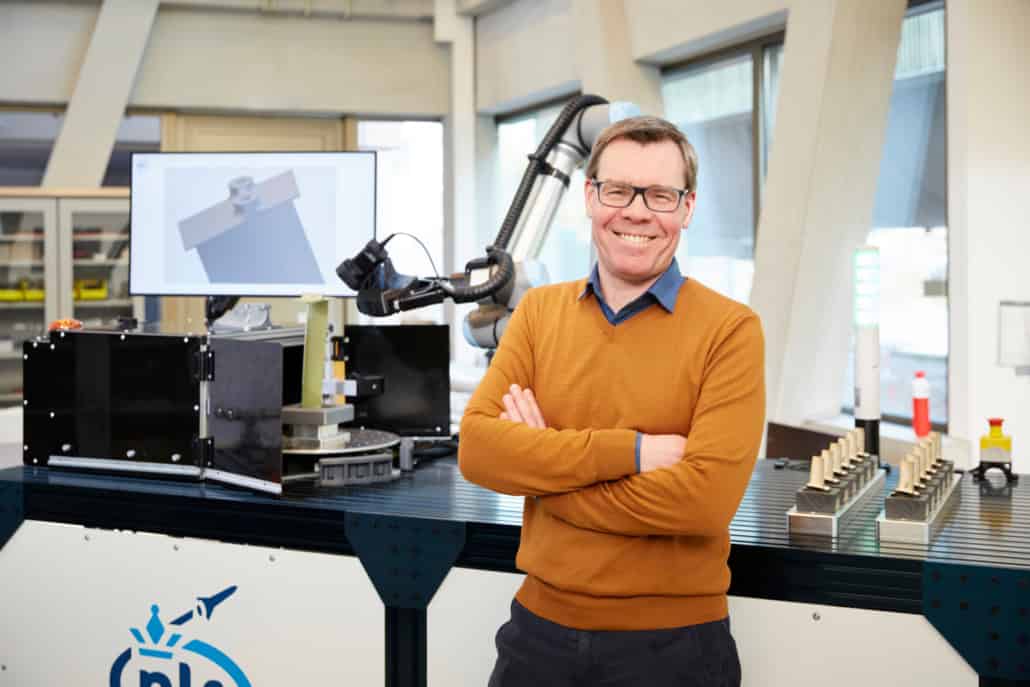
As seen again this summer in the Mediterranean region, firefighting aircraft or helicopters are the only means fire departments have of dealing with major forest fires. Aircraft can quickly throw large quantities of water onto even hard-to-reach fires. The German Aerospace Center (DLR) has been hosting Design Challenges for young scientists for six years. This year, designs for future firefighting aircraft were the topic. Six teams recently presented their concepts.
Current firefighting aircraft are usually converted military aircraft, older passenger planes or helicopters with firefighting tanks. Only two specialized firefighting aircraft are in production worldwide. Both are amphibious flying boats that can land on water as well as airfields. De Havilland Canada has been producing the CL-415 since 1994, and it can carry up to 6,000 liters of water. The Russian jet flying boat Beriev Be-200 has been flying since 1998 and is about the size of a small commercial jet. It holds about 11,000 liters of water. The CL-415 is more widely used and is also used by France, Spain and Greece.

The German DLR Design Challenge 2022
This year’s Design Challenge was not simply about a futuristic aircraft design. The task was to design a fleet of aircraft at once that could collectively drop at least 11,000 liters of water onto a fire during a single firefighting operation. It was up to the teams to decide how many aircraft they wanted to use and how high their payload would be.
Here were the aircraft requirements:
- The planes should either be refueled at airfields or take on water from lakes, rivers or the ocean.
- The aircraft could be piloted, remotely controlled from the ground, or autonomous and unmanned.
- Deployment should be possible at night and in poor visibility conditions.
- As much water as possible should be delivered to the fire scene within 24 hours.
- Multi-purpose aircraft should be used that can also be deployed as passenger or cargo aircraft.
- The aircraft should be operational by 2030.
The winning team from the University of Stuttgart: INFERNO firefighting aircraft
First place went to the team from the University of Stuttgart with their INFERNO design. This rather appropriate abbreviation stands for “Intelligent FirE RespoNse Operation.” The aircraft itself is a so-called combination helicopter. Eight horizontal rotors allow it to take off and land vertically.
Propulsion is provided by a hybrid-electric system in which a gas turbine supports a charging battery and the electric motors. INFERNO can take on water as it glides over a body of water, or it can land, dive a little deeper and pump water into its tanks. This allows the aircraft to approach a lake that would be too small for a conventional seaplane and land there, helicopter-style.

Second place: PE-L-FAN-T from Dresden, Germany
The team from Dresden University of Technology (TU Dresden) qualified for second place. The Dresden team designed the PE-L-FAN-T, an autonomous drone with four lifting propellers and two pulling propellers. The lifting propellers allow the drone to take off and land vertically, while the traction propellers provide propulsion. The acronym PEL-E-FANT stands for “proPEllor-driven turbo Electric hybrid Firefighting AutoNomous vTol” or “propeller-driven hybrid electric autonomous vertical takeoff firefighting drone.” Modules are attached under the center fuselage depending on the mission. For firefighting missions, a formation of several machines is used, two of them with reconnaissance modules to locate the fire and coordinate water dropping.

Third place: Extinguishing fires with the FireWasp from Aachen, Germany
Third place went to the FireWasp from the Rheinisch-Westfälische Technische Hochschule (RWTH) in Aachen and is a combination of helicopter and aircraft. The FireWasp also flies with a conventional gas turbine, but as with the INFERNO, it is powered by synthetic alternative fuels. The FireWasp takes in water through a snorkel pump and can therefore use smaller bodies of water. The developers plan to send an entire fleet into firefighting operations. A reconnaissance helicopter will brief the six other firefighting aircraft and observe the effect of the water drops. The seven machines operate as an autonomous drone swarm and are controlled from a mobile ground station.

Design from Dresden and Braunschweig: Firefighting flying boat GLAROS
A joint team of students from TU Dresden and TU Braunschweig achieved fourth place with GLAROS. The design is an autonomous flying boat that, like the CL-415 or the Beriev Be-200, picks up firefighting water while gliding on the water.
Compared to flying helicopter designs, GLAROS can carry more water over longer distances to the target. Propulsion power for the 12 propellers distributed over both wing leading edges is provided by a turbogenerator and two batteries. However, the gas turbine must run on either conventional kerosene or synthetic fuels.

Dipper – a fire-fighting flying boat from Ravensburg
The DHBW (Baden-Württemberg Cooperative State University) in Ravensburg sent two teams to the DLR Design Challenge. The Dipper team also submitted a rather conventional design. Dipper is an autonomous amphibious flying boat with eight propellers distributed along the wing. This design also uses a hybrid electric propulsion system to operate the counter-rotating propellers. To coordinate the deployment of a Dipper fleet, the young scientists have developed special software. During firefighting operations, six flying boats fly in formation.

Autonomous firefighting helicopter: The second proposal from Ravensburg
The second design from Ravensburg is the Firef(l)ighter, a gyrocopter powered by a conventional gas turbine. Two propellers provide propulsion, while the short wings and large rotor provide lift. The Firef(l)ighter is also unmanned. The gyroplane fills its water tank via a suction device which it can lower into a lake or a river, for example. The firefighting operation is carried out by a group of ten machines. A team of several people on the ground monitor the operation.

Main photo: Aachen’s FireWasp is a combination of helicopter and aircraft. © RWTH Aachen








